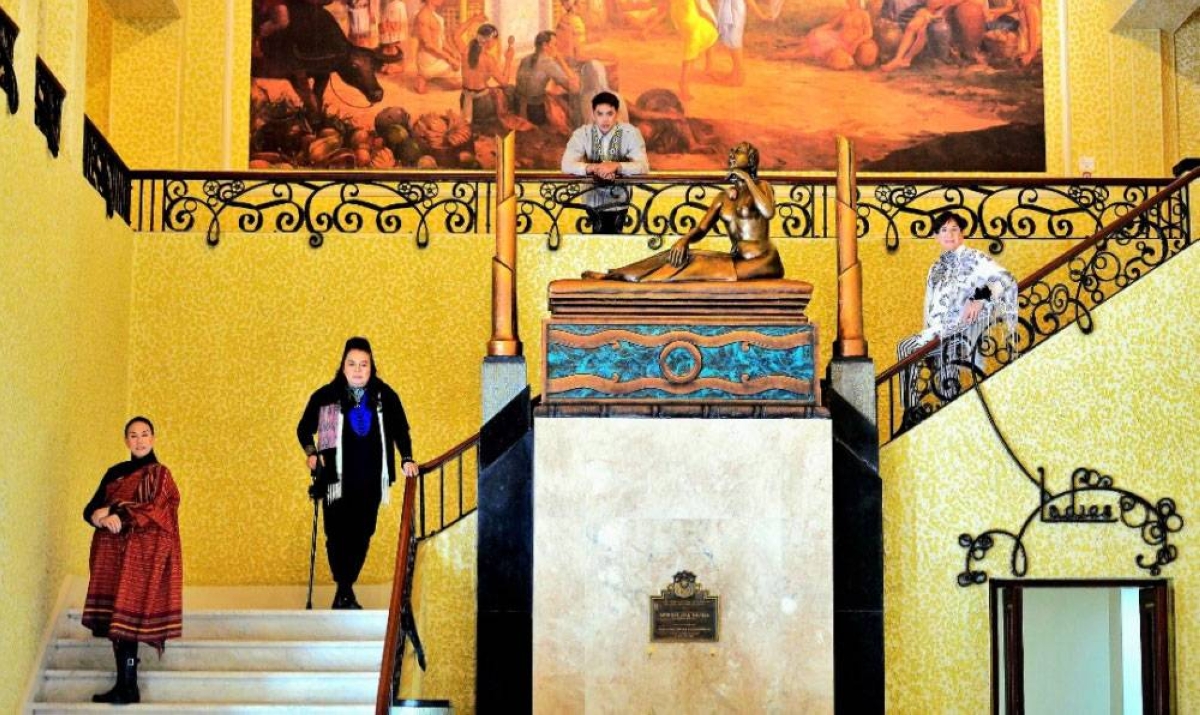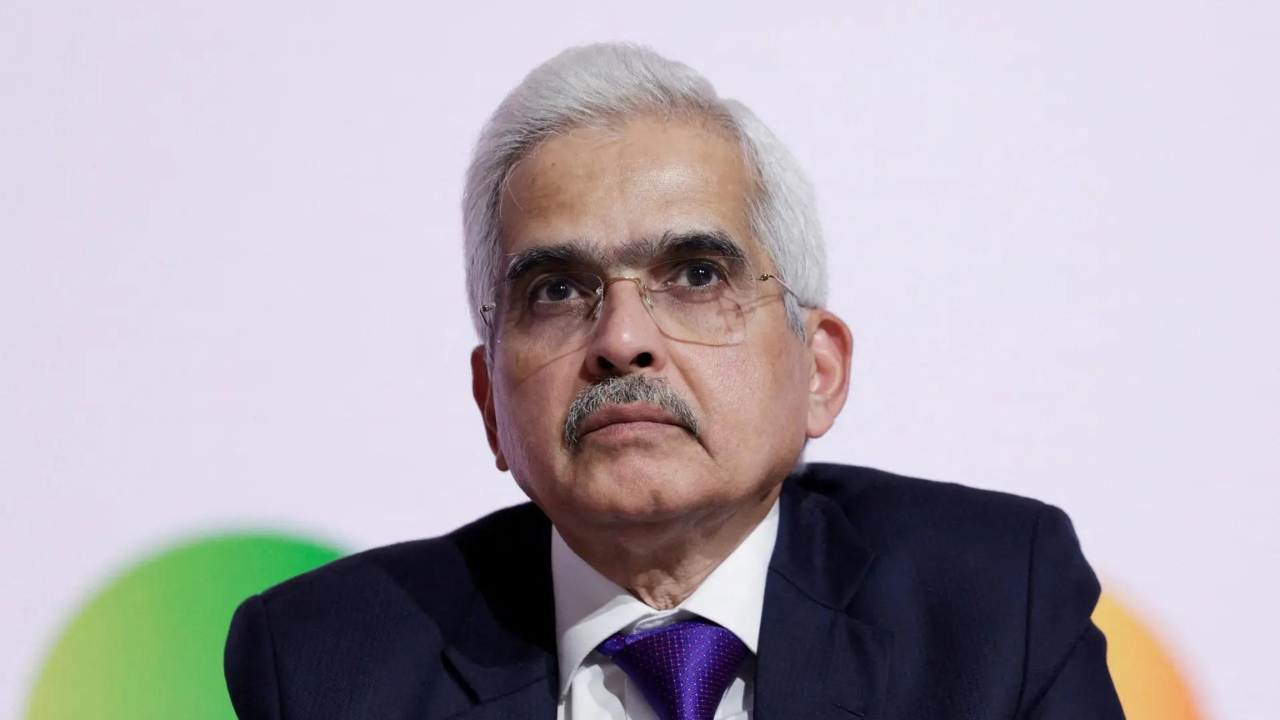
Amid the dynamic fusion of culture and history stands the grand Metropolitan Theater — or The Met — an enduring tribute to the Philippines' profound artistic legacy.
Adorned with an imposing Art Deco facade and intricate embellishments, this architectural marvel evokes an era of unparalleled grandeur, captivating all who are fortunate enough to behold its magnificence.
Once hailed as the Pharos of Artistic Brilliance in Asia, The Met ascended to eminence in the early 20th century, emerging as a cultural nucleus for the burgeoning Filipino arts scene.
Crafted by the visionary architect Juan Arellano, this lavish edifice unveiled its grandeur to the public in 1931, heralding a golden epoch in Philippine performing arts.
Beneath its ornate dome is a symphony of performances unfolded – from opulent operas to enthralling plays, from classical ballets to vivacious musicals. With the stage graced by the finest talents of the Philippines and the world, the theater became synonymous with ingenuity and innovation, inspiring successive generations of artists to reach for the stars.
Yet, as time passed, neglect and decay threatened to eclipse the Met's illustrious past, casting a pall over its erstwhile splendor. But like a phoenix rising from the ashes, the Met found renewed vigor and purpose in the modern era.
A concerted effort led by the National Commission on Culture and Arts (NCCA) together with dedicated individuals and organizations breathed new life into its hallowed halls, restoring it to its former glory.
Today, the meticulously renovated Metropolitan Theater stands as a testament to resilience and rejuvenation, a beacon of the Philippines' steadfast commitment to safeguarding its cultural legacy. Its revival not only preserves a cherished landmark but also rekindles appreciation for the Art Deco aesthetic, introducing it anew to a discerning audience.
As global visitors marvel at its breathtaking architecture and immersive performances, the Met continues to showcase the timeless allure of Art Deco globally.
As one of the largest and original existing Art Deco structures in the world, its legacy endures as a validation to the transcendent power of art to inspire, elevate, and unite humanity across time and space.
No wonder, the Met has been declared both a National Cultural Treasure and a National Historical Landmark by the national government.
As a bastion of creativity and a custodian of the Philippines' rich cultural tapestry for posterity, the Met stands poised to host the eagerly anticipated book launch of "Obra Maestra: A Homage to Philippine Fashion, Heritage and History" by the publisher and author, Zardo Austria.
Austria is known for his captivating and informative exploration of the Evolution of Filipino Wear, alongside extraordinary cultural fashion presentations such as Marawing Salamat at the CCP, Obra Maestra at the Shangri-La, and in Taal.
Austria has earned accolades since 2018, totaling 12 major nominations and four top awards for Artistic Excellence from the longest-running award-giving body for live entertainment and cultural events, Aliw Awards. His visionary productions, which he solely conceptualized, wrote, produced, and overall directed, have always showcased the rich tapestry of Filipino traditions through art and fashion.
The forthcoming event will also launch the noteworthy Obra Maestra Awards for Excellence in Philippine Arts and Design which is Austria himself leads.
At its core, the rationale behind the Obra Maestra Awards is twofold: to acknowledge outstanding achievements in Philippine arts and design, and to foster a thriving creative ecosystem that nurtures and empowers artists and designers to reach their full potential.
Presented in partnership with NCCA and the Met, "Obra Maestra At The Met: Hail To The Filipino Masters!" promises to be Austria's pièce de résistance, a spectacular celebration of culture and creativity slated for June 20.
Read The Rest at :




